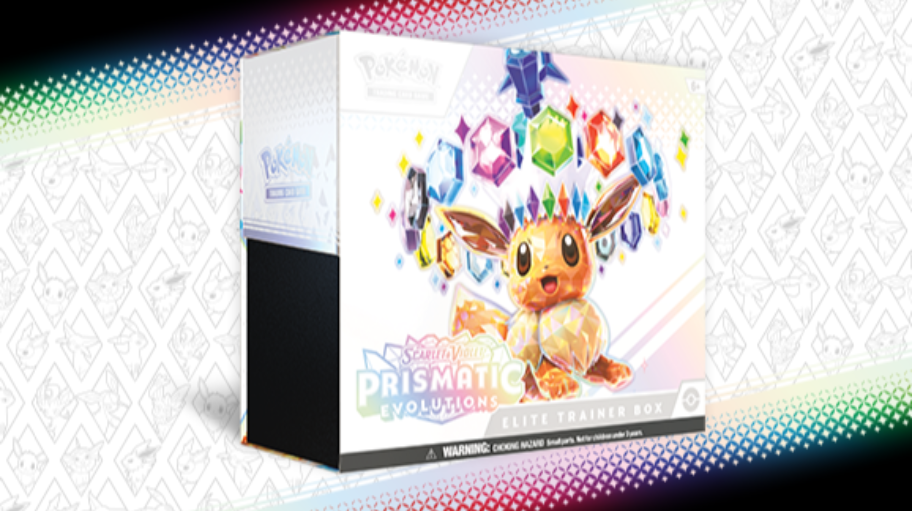Imagine this: it’s Friday, the sun is high in the sky, and the weekend beckons. Yet, inside a big-box retail store, a peculiar phenomenon unfolds. A line of ardent collectors snakes through the aisles, eyes gleaming with anticipation. The reason? Pokémon Trading Card Game (TCG) restocks. These enthusiasts are on the hunt for those elusive packs that they hope will bring them a step closer to completing their collections—or in some cases, their fortunes. However, despite the excitement in the air, there are subtle rumblings of impending doom. Is the Pokémon TCG bubble on the verge of bursting?
To understand the current state of affairs, we must first dive into the spirited melee known as restock day. When shelves are freshly packed with Pokémon products, a certain chaos ensues. Both collectors and scalpers go toe-to-toe to seize the latest packs, tins, and boxes. This frenzy has turned restocking into a high-stakes game of speed and strategy. Scalpers—many of whom are merely opportunistic players rather than true Pokémon fans—swoop in with wallets at the ready, buying in bulk with the aim of flipping these items for a hefty profit online.
As one might expect, there’s a price for this speculative behavior. Casual collectors and, indeed, young fans of the franchise get caught in the crossfire, unable to keep pace with escalating prices. For them, a trip to the store is likely to end with the grim sight of barren shelves, picked clean by those operating under the philosophy of “buy low, sell exorbitantly high.”
Simultaneously, The Pokémon Company finds itself grappling with this insatiable demand. Their response? Crank up the printing presses. Popular sets like “Evolving Skies” and “Crown Zenith” are now available in abundance—a far cry from the days when them being spotted was akin to seeing a unicorn. Specifically, consider the “Van Gogh Pikachu” promotional card. Once a darling of the scalper market, with nearly 40,000 pristine condition copies now graded by PSA, its luster is tarnished by sheer volume.
Such scenarios are not without historical precedent. One needs to look no further than the cautionary tale of the sports card bubble during the late 1980s and early 1990s. Similar to today’s Pokémon TCG situation, manufacturers responded to skyrocketing demand by overproducing cards. Many collectors, convinced they held treasures, were eventually left holding the equivalent of Monopoly money. The so-called rare cards were indeed plentiful, and the bubble burst dramatically, teaching a generation a harsh lesson about market speculation.
Against this backdrop, one must wonder: when will the Pokémon TCG bubble pop? It’s not easy to pinpoint precisely, but indicators of a market teetering on the edge are numerous. Scalpers, having rung up significant credit-card debt in pursuit of these so-called “hot” collectibles, might soon be pressured to dump their inventories. As forces of supply and demand play out, it’s conceivable that these once-hot trending items might transform into albatrosses for those who over-leveraged.
For collectors with an eye on investment, awareness of what characterizes truly scarce items becomes ever more crucial. Ultimately, it’s not headlines and public speculation that cement the long-term value of collectibles; it is their inherent rarity and historical significance. Past lessons suggest that overheated markets can—and often do—cool swiftly, leaving behind remnants of both valuable lessons and devalued merchandise.
In the meantime, a handful of seasoned collectors advocate for a philosophy of caution and restraint. They suggest a return to collecting roots: savoring the joy these pieces bring and sharing that joy with the community, irrespective of their market value. The true heart of collecting, they might argue, isn’t merely an accumulation of items with potential financial gain but a celebration of the nostalgia and camaraderie that unites fellow enthusiasts.
As we stand at the precipice of potential market adjustment, the Pokémon TCG community may yet rediscover that intrinsic value and collector fulfillment often stem from genuine passion and connection—something that cannot be bought or sold.


